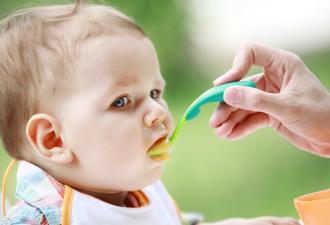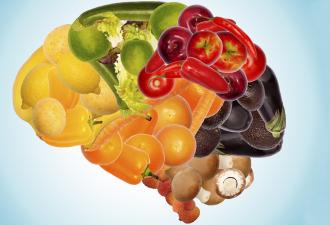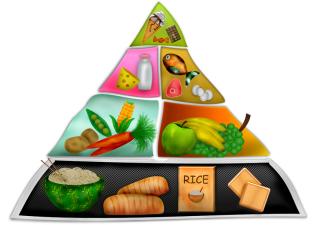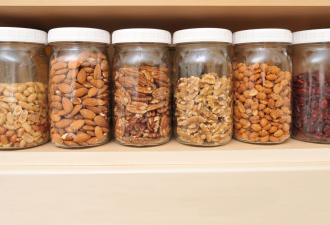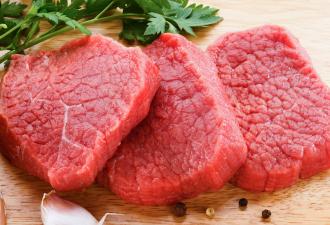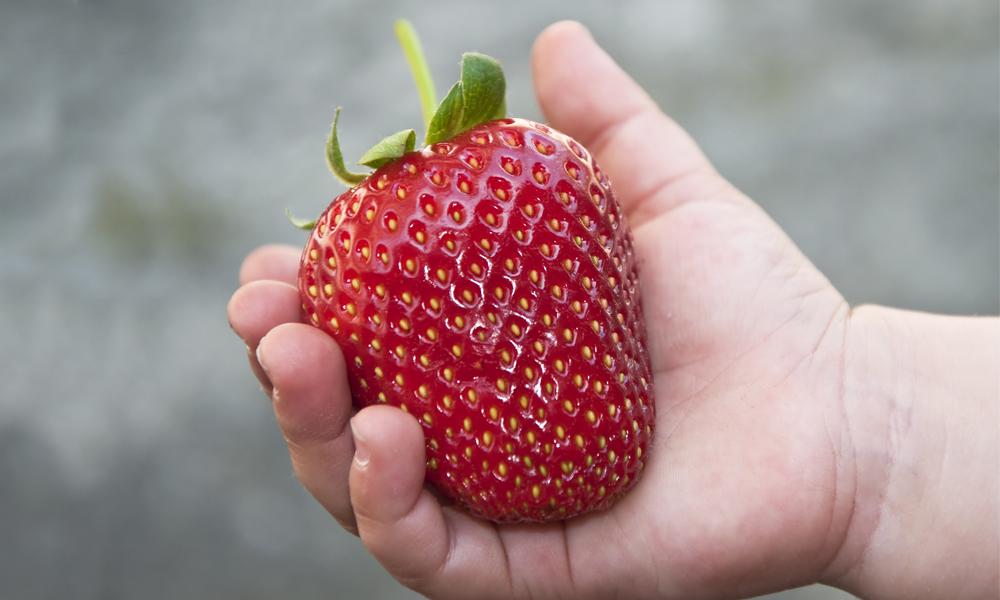
Avoid food allergies
Introducing the infant to a solid foods diet can be a challenge for parents. It often raises many questions and concerns, especially on the allergies that may occur. The most common questions are: what usually causes food allergies, how can these be perceived and how they can be avoided.
Introduce new foods gradually
The first and perhaps most important step is to gradually introduce different foods in the infant's diet. Namely, one new food every third to fifth day. In this way, one can easily and without having any special knowledge understand what is the food that created the allergic reaction. During this time, you can offer all foods that have been consumed to that day, without causing a reaction. Also you should know that the intensity of allergic reactions is usually dose related. That is to say, it depends on the quantity of food to be consumed. Thus, start with small amounts and increase gradually.
Allergenic foods
Over 160 foods are classified as allergenic and you must be always alert. Of course, some foods are more allergenic comparing to others. Some of them, with a high incidence are: milk, eggs, peanuts, almonds and walnuts, fish, seafood and wheat products.
Observe symptoms
Usually, allergic symptoms occur shortly after eating the relevant food. This period, however, can range from a few minutes to several hours. The most classic symptoms are the reddening of the skin in different parts of the body, swelling of the face, tongue or lips, vomiting or diarrhoea, intense and sudden cough, difficulty in breathing and loss of consciousness. Of course, for severe symptoms you should refer immediately to a children's hospital or notify your paediatrician.
Treat mild symptoms
Depending on the intensity of symptoms, it is necessary to stop the use of the food that you think may be causing the allergy. If the symptoms are very mild, then continue to offer small amounts of food and watch the progress. Notify your paediatrician and create a treatment plan. Also seek detailed information on how to react if symptoms intensify or if the child consumes the food by mistake (for example if contained in some other food).
Advice
The nutritional information and recommendations on infant-toddler diet are indicative and refer to general guidance for this age group. Time that every child can be introduced to solid foods or add more to it’s diet, must be individualized. We recommend to set advise from your pediatrician about the specific nutritional needs of your child.

